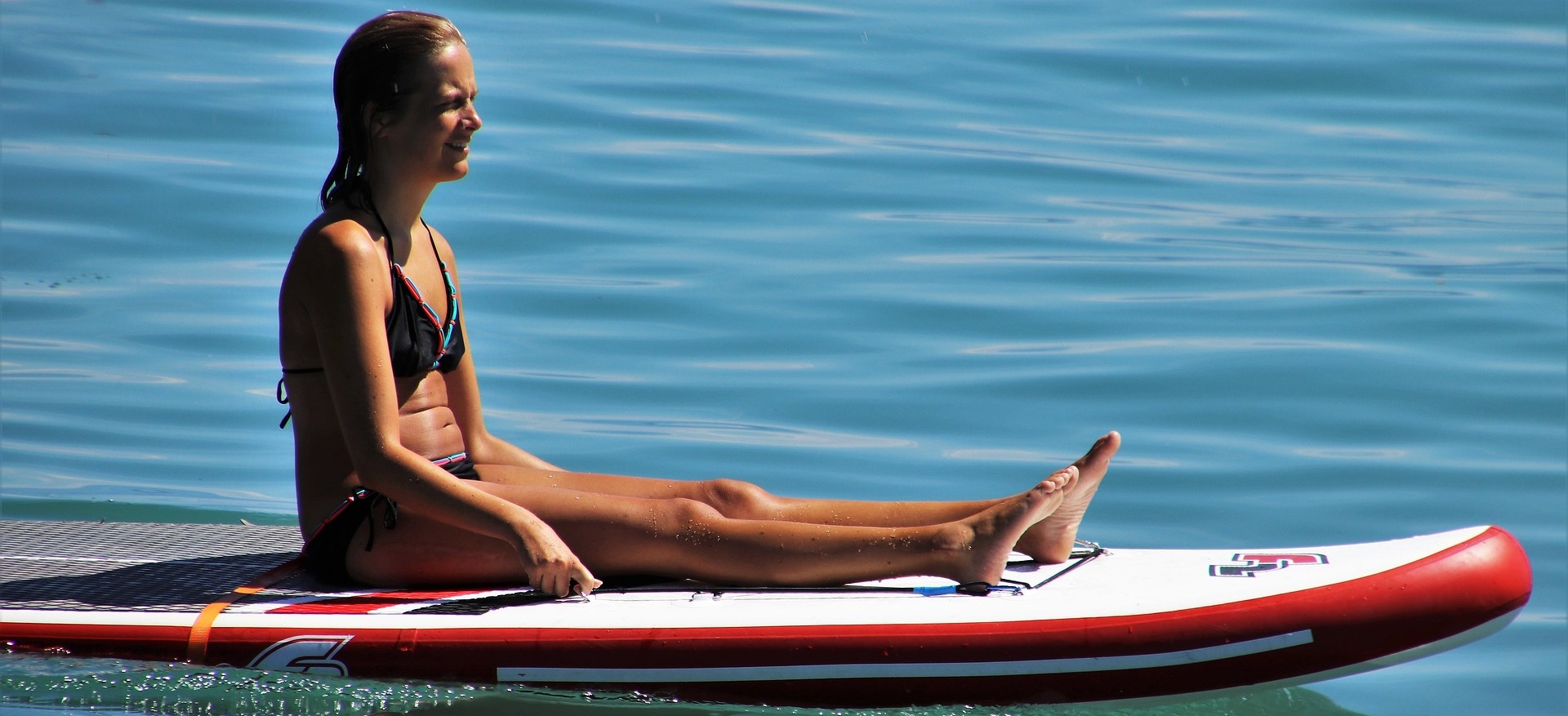In recent years, inflatable paddle boards have gained immense popularity among water sports enthusiasts due to their convenience, portability, and versatility. Whether you’re a seasoned paddler or a beginner looking to delve into this exciting activity, selecting the right size inflatable paddle board is crucial for an enjoyable and safe experience on the water. This guide will walk you through everything you need to know to make an informed decision.
1. Understanding the Basics:
Inflatable paddle boards, often referred to as iSUPs, offer a convenient and portable alternative to traditional hard boards. They are made from durable materials that can be inflated and deflated, allowing for easy storage and transportation. When it comes to choosing the right size, several factors need to be considered.
2. Your Skill Level:
Your skill level plays a significant role in determining the size of the inflatable paddle board you should choose. Generally, beginners benefit from wider and more stable boards, while advanced paddlers might opt for narrower boards that offer greater maneuverability.
3. Weight and Body Type:
Your weight and body type are crucial considerations. A larger individual will require a paddle board with more volume and width to ensure stability. Heavier paddlers should choose boards with higher weight capacities to prevent the board from sitting too low in the water, which can lead to reduced stability and performance.
4. Board Length:
The length of the paddle board influences its performance characteristics. Longer boards tend to track better and glide more smoothly, making them ideal for longer distances and calmer waters. Shorter boards offer increased maneuverability, making them suitable for surfing or navigating more technical water conditions.
5. Board Width:
Wider boards provide better stability, making them a great choice for beginners or those practicing yoga and fitness activities on the water. Narrower boards sacrifice some stability for increased speed and agility, suitable for more experienced paddlers or those interested in racing.
6. Volume and Thickness:
The volume of the paddle board affects its buoyancy. More volume supports heavier riders and offers enhanced stability. Consider the board’s thickness as well; thicker boards can provide additional rigidity, improving performance.
7. Intended Use:
Your intended use of the paddle board is a crucial factor. Will you primarily use it for leisurely paddling, yoga, touring, racing, or surfing? Each activity has specific requirements in terms of board size and shape. For example, a touring board designed for long-distance expeditions will differ significantly from a board meant for surfing waves.
8. Storage and Transportation:
One of the major advantages of inflatable paddle boards is their portability. Consider where and how you plan to store and transport your board. If you have limited space or need to travel frequently, a compact and lightweight option might be preferable.
9. Trying Before Buying:
Whenever possible, try out different sizes of inflatable paddle boards before making a purchase. Many rental facilities offer a variety of boards, allowing you to get a feel for what suits you best.
10. Reading Reviews:
Reading user reviews and seeking advice from experienced paddlers can provide valuable insights into the performance and suitability of different paddle board sizes and brands.
11. Brand and Quality:
Choosing a reputable brand known for producing high-quality inflatable paddle boards ensures that you’ll be investing in a durable and reliable product.
In conclusion, selecting the right size inflatable paddle board involves considering your skill level, weight, intended use, and various performance characteristics of the board. By assessing these factors, you can make an informed decision that enhances your enjoyment and safety while out on the water. Remember, the perfect paddle board size is the one that aligns with your preferences and paddling goals.

